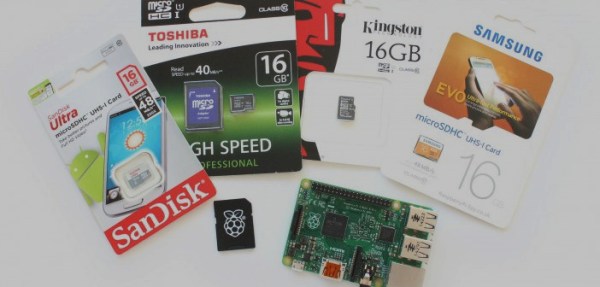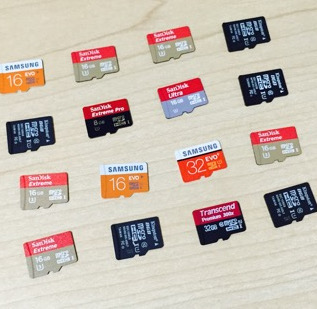[Anthony] at UCLA needed to verify the shape of a laser beam. Commercial units for this, as you would expect, are expensive. But a Raspberry Pi with a Pi Noir camera easily handles the task. Not only is the use of the Pi cool but so is the task – they are using lasers to cool molecules to study quantum effects. The Pi camera without the IR filter captures a wide bandwidth making it suitable for use with non-visible lasers. [Anthony] captures the beam along two axes and plots both curves on the LCD touchscreen. That data, based on the pictures, is also available on a host PC. All this in a super compact package with a 7″ touch screen display.
One reason I find this fascinating is I did something similar 1977 at the University of Rochester Laboratory for Laser Energetics. My project was measuring the energy cross-section of a laser beam. The research goal of the Laboratory was the study of inertial confinement laser fusion. While [Anthony] uses an entire camera my project was limited to a 1 dimensional array of charge coupled devices (CCD). The output went to a Tektronix storage terminal and was printed on thermal paper for reference. He uses Python running on the target system. My work used a Z80 development system the size of a tower PC to write my program in assembly language which was then executed on a single board computer. We’ve come a long way. My code is long gone but you can get [Anthony’s] on GitHub.




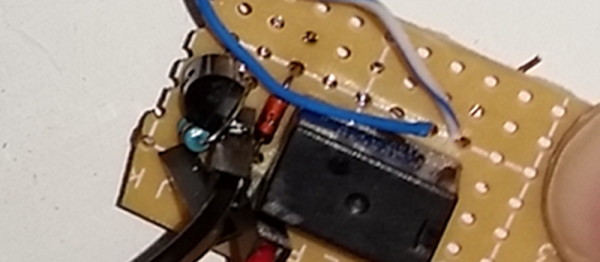
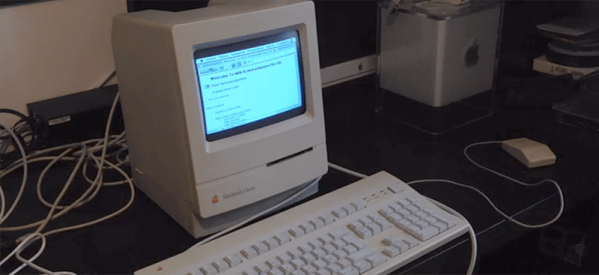
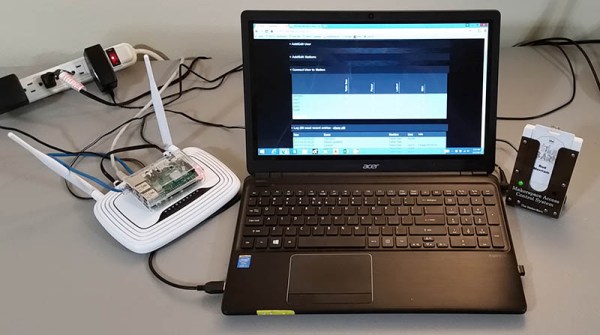
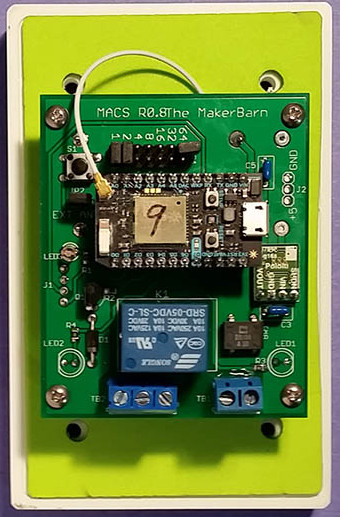 A control box, [George] calls them stations, controls the power to a machine. Member badges have an RFID tag that is read when inserted into the station’s reader. If the member is authorized to use the machine, the power is enabled. For safety, the member’s badge must remain in the reader to maintain power. The reader uses a Photon board from Particle with a WiFi link to a Raspberry Pi server.
A control box, [George] calls them stations, controls the power to a machine. Member badges have an RFID tag that is read when inserted into the station’s reader. If the member is authorized to use the machine, the power is enabled. For safety, the member’s badge must remain in the reader to maintain power. The reader uses a Photon board from Particle with a WiFi link to a Raspberry Pi server.

